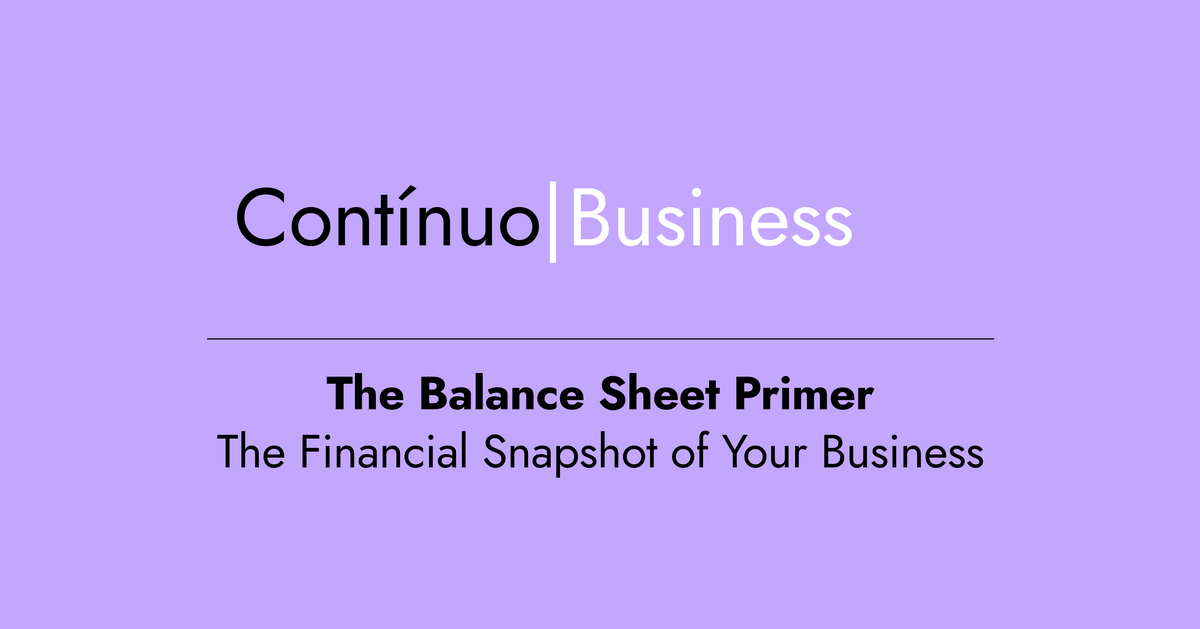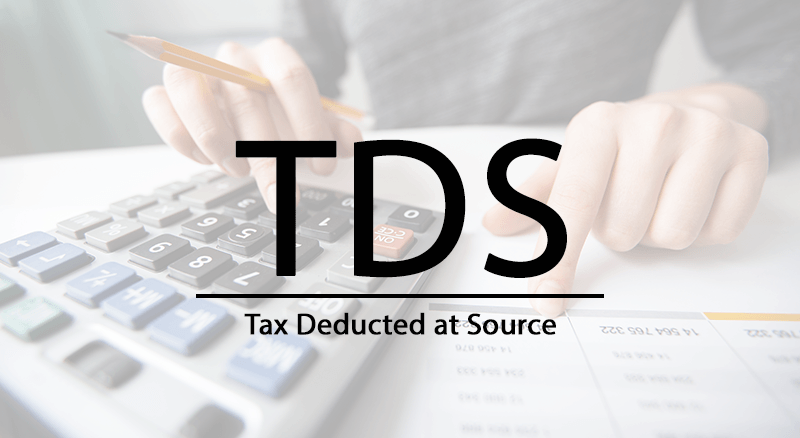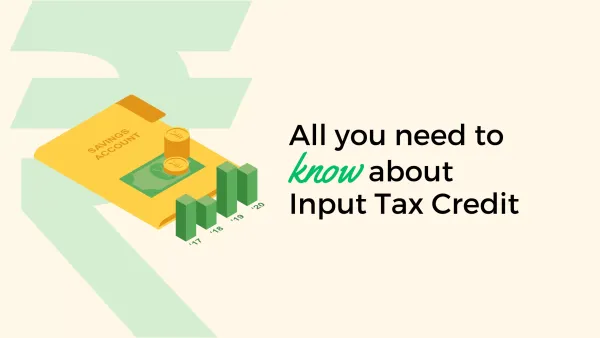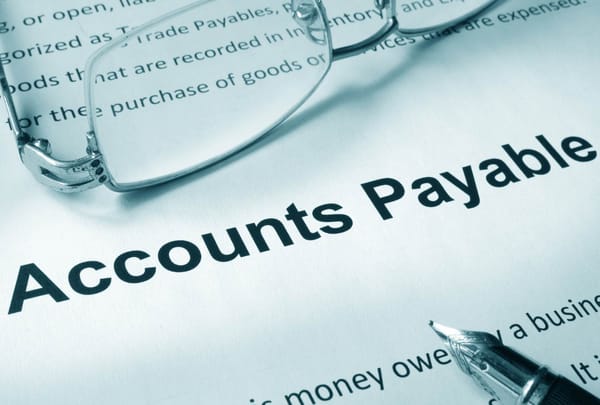What is a Balance Sheet?

In the world of finance and business, numbers and figures are the alphabets of a hidden language, with balance sheets serving as one of the key narratives. A balance sheet provides a comprehensive overview of a company’s financial health at a specific point in time. It’s an indispensable tool for business leaders and financial managers who need to assess their company's performance, make strategic decisions, and convince investors of their business's financial prowess.
We'll take a deep dive into the balance sheet – dissecting its components, understanding how it relates to other financial statements, and learning to interpret its information to make better business decisions.
Anatomy of a Balance Sheet
The balance sheet is primarily composed of three key segments: assets, liabilities, and shareholders’ equity.
-
Assets – An asset is a resource owned or controlled by a company that's expected to generate future economic benefits. Assets are typically categorized into two types: current and non-current (or long-term).
Current assets (like cash, accounts receivable, and inventory) can be easily converted into cash within one year. Long-term assets (such as property, plant, equipment, and intangible assets) provide value over a longer time frame.
-
Liabilities – Liabilities are what a company owes to others. These include debts, accounts payable, accrued expenses, and long-term obligations like bonds payable. Like assets, liabilities are split into current and non-current.
Current liabilities are due within a year (accounts payable, wages payable, etc.), while non-current liabilities are payable after one year (bonds, mortgages, etc.).
-
Shareholders' Equity – Also known as net assets, shareholders’ equity is the ownership interest of shareholders in a corporation. It's calculated as the difference between total assets and total liabilities. It comprises issued capital (common and preferred shares) and retained earnings, which is profit kept within the company rather than paid out as dividends.
The balance sheet, true to its name, balances out following the equation:
Assets = Liabilities + Shareholders' Equity
This means, the resources a company owns (assets) are financed either by borrowing (liabilities) or by owners’ investments (shareholders' equity).
Diving into a Real Balance Sheet: The Case of Reliance Industries
Let's examine a real-life example to understand these components better. We'll look at the balance sheet of Reliance Industries Limited (RIL), one of India's largest publicly traded companies. This is a simplified presentation of the balance sheet (all figures in INR crores):
| FY 2022 | FY 2021 | |
|---|---|---|
| Assets | ||
| Current Assets | 236,795 | 216,890 |
| Non-Current Assets | 609,785 | 590,210 |
| Total Assets | 846,580 | 807,100 |
| Liabilities | ||
| Current Liabilities | 325,100 | 306,580 |
| Non-Current Liabilities | 181,700 | 177,460 |
| Total Liabilities | 506,800 | 484,040 |
| Shareholders' Equity | ||
| Share Capital | 3,240 | 3,240 |
| Retained Earnings | 336,540 | 319,820 |
| Total Shareholders' Equity | 339,780 | 323,060 |
The first thing to notice is that the total assets (846,580 crores) equals total liabilities (506,800 crores) and shareholders' equity (339,780 crores), which aligns with the fundamental balance sheet equation.
Looking at year-over-year change, we see an increase in total assets, largely driven by an increase in both current and non-current assets. This may indicate RIL has invested in expanding its operations or growing its working capital. On the liabilities side, the noticeable increase in current liabilities may suggest a higher amount of short-term obligations or debt maturing within a year.
Using the Balance Sheet for Analysis
A balance sheet isn't merely a static snapshot; it's a dynamic tool for financial analysis, allowing business leaders to glean insights into liquidity, efficiency, leverage, and profitability.
Key financial ratios derived from the balance sheet include:
- Current Ratio (Current Assets / Current Liabilities): This measures a company's ability to cover its short-term liabilities with its short-term assets. A higher current ratio suggests better short-term financial health.
- Debt-to-Equity Ratio (Total Liabilities / Shareholders' Equity): This ratio indicates the proportion of a company’s financing that comes from creditors versus owners. A high debt-to-equity ratio may suggest higher risk as the company has a higher amount of debt.
- Return on Equity (Net Income / Average Shareholders' Equity): This measures the profitability of a company in relation to shareholder investment. A higher ROE suggests that the company is efficiently generating profits from the equity invested in it.
Connecting the Dots: The Balance Sheet and Beyond
The balance sheet connects to other financial statements. The income statement links via retained earnings (net income after dividends), and the cash flow statement connects through the cash line item. Understanding these relationships is key to achieving a holistic view of a company's financial health.
This primer has provided an overview of the balance sheet. By mastering its components and understanding how to analyze it, business leaders can make better-informed decisions and effectively guide their company's financial strategy. In the words of Warren Buffett, "Accounting is the language of business", and the balance sheet is indeed one of its most powerful dialects.
It's also important to remember that while the balance sheet provides invaluable insights, it doesn't capture everything - intangibles like brand value, corporate culture, or strategic positioning, which can be significant drivers of a company's value, are not easily quantifiable in a balance sheet.
Understanding a balance sheet is not an end in itself; it's a step towards mastering the financial health of your business. Like any other tool, its value lies in how you use it to drive your strategic financial decisions.





